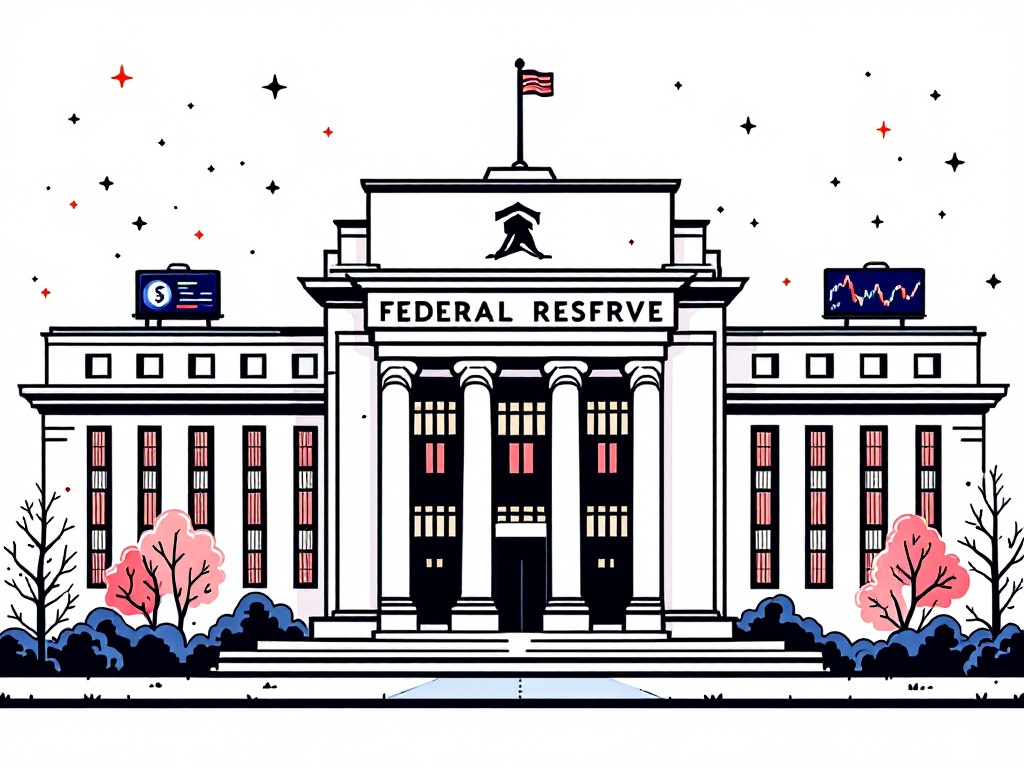Federal Reserve Holds Interest Rates Steady Amid Economic Challenges

Washington D.C., Monday, 3 February 2025.
The Federal Reserve’s decision to maintain the interest rate at 4.25%-4.5% reflects its cautious approach in the face of economic uncertainty and persistent inflation.
Rate Decision and Economic Context
The Federal Reserve’s latest policy meeting on January 29, 2025, resulted in maintaining the federal funds rate at its current range of 4.25%-4.5% [1][5]. This decision follows three consecutive rate reductions in 2024 that totaled a full percentage point [1]. Federal Reserve Chair Powell emphasized that the central bank is not rushing to lower interest rates further, choosing instead to observe additional progress on inflation [1]. The decision aligns with the Fed’s careful monitoring of economic indicators, including employment trends and inflation metrics [5].
Market Impact and Economic Indicators
The Fed’s announcement had an immediate impact on financial markets, with the S&P 500 declining 0.8%, the Nasdaq dropping 1.1%, and the Dow Jones falling 0.4% following the news [6]. Despite market reactions, the Fed’s assessment indicates that economic activity continues to expand at a solid pace, with labor market conditions remaining robust [1]. The unemployment rate has maintained stability at low levels in recent months, suggesting underlying economic strength [1].
Inflation Concerns and Future Outlook
In their latest assessment, Fed officials noted that inflation remains somewhat elevated, marking a shift by removing previous references to ongoing progress toward their 2% target [1]. Looking ahead, analysts from Trading Economics project that the federal funds rate will remain at 4.50% through the end of the current quarter, with expectations of a gradual decrease to around 3.50% by 2026 [1]. The Fed maintains its commitment to closely monitoring risks to both sides of its dual mandate of price stability and maximum employment [1].
Broader Economic Implications
The federal funds rate continues to influence various aspects of the economy, particularly affecting other interest rates such as mortgages and consumer loans [5]. The Fed’s decision-making process involves careful consideration of multiple economic factors, including trends in prices, wages, consumer spending, and business investments [5]. This cautious approach reflects the FOMC’s commitment to maximizing economic growth while maintaining price stability [5].